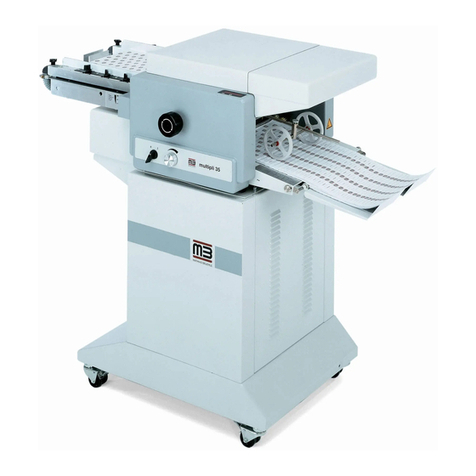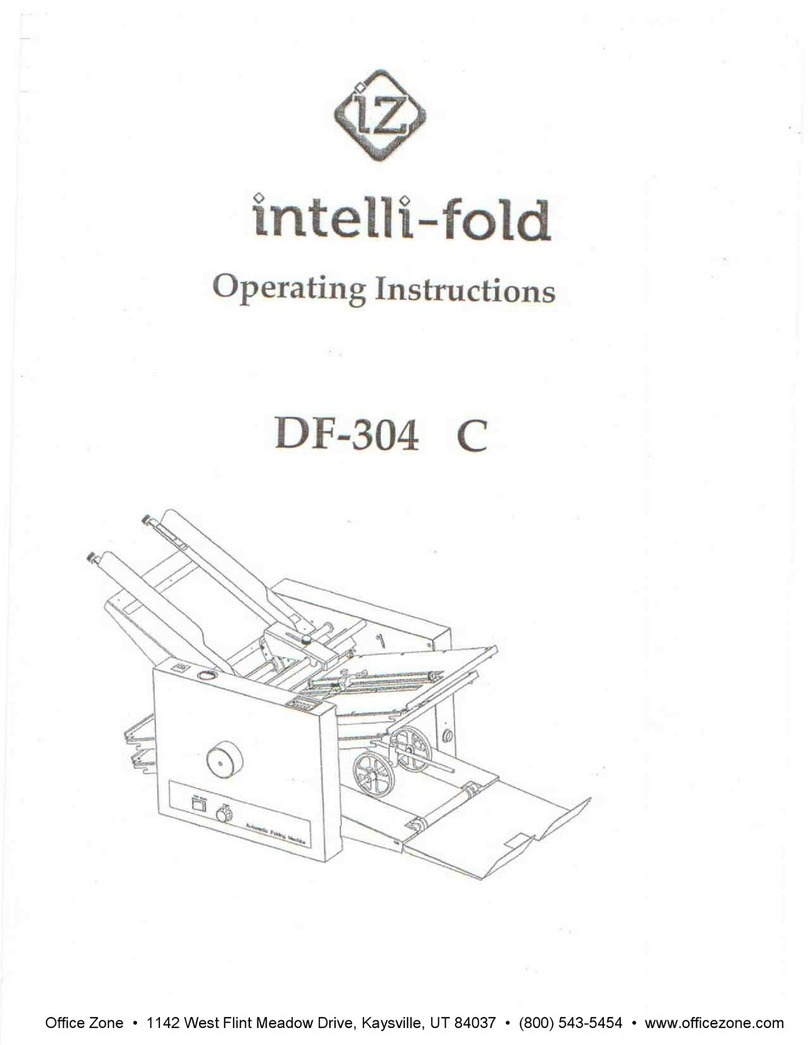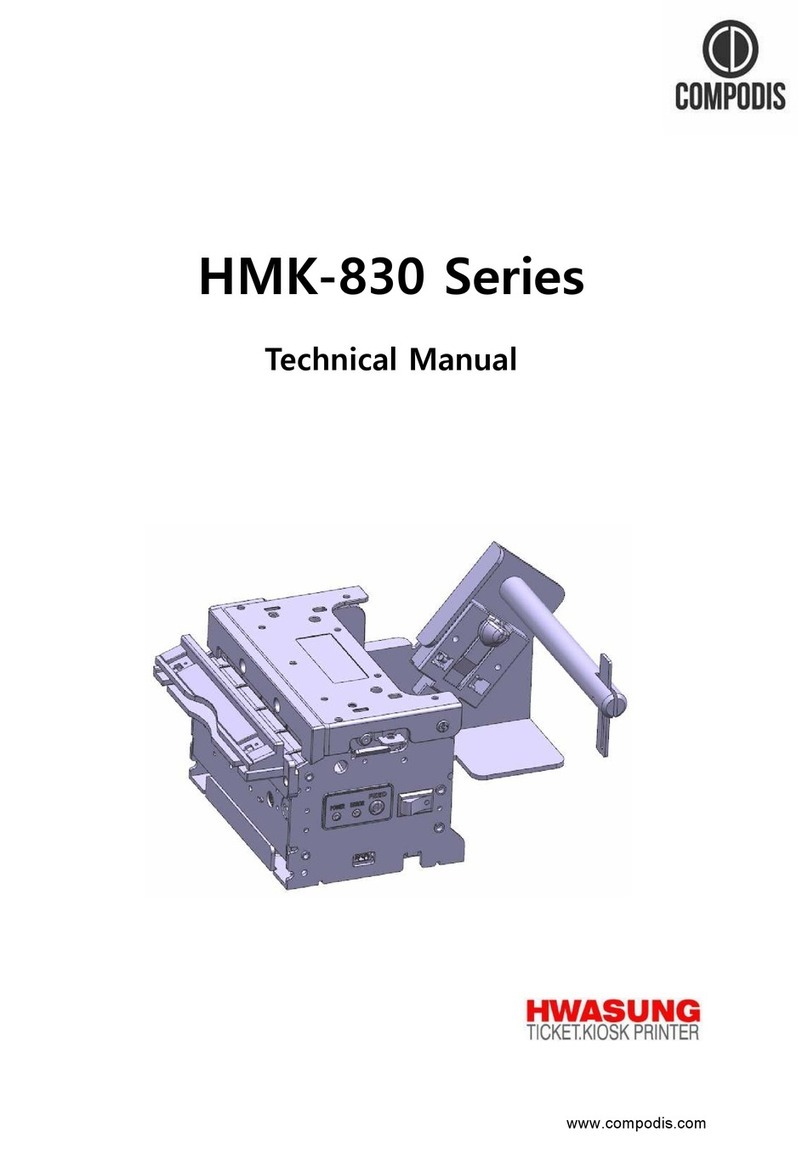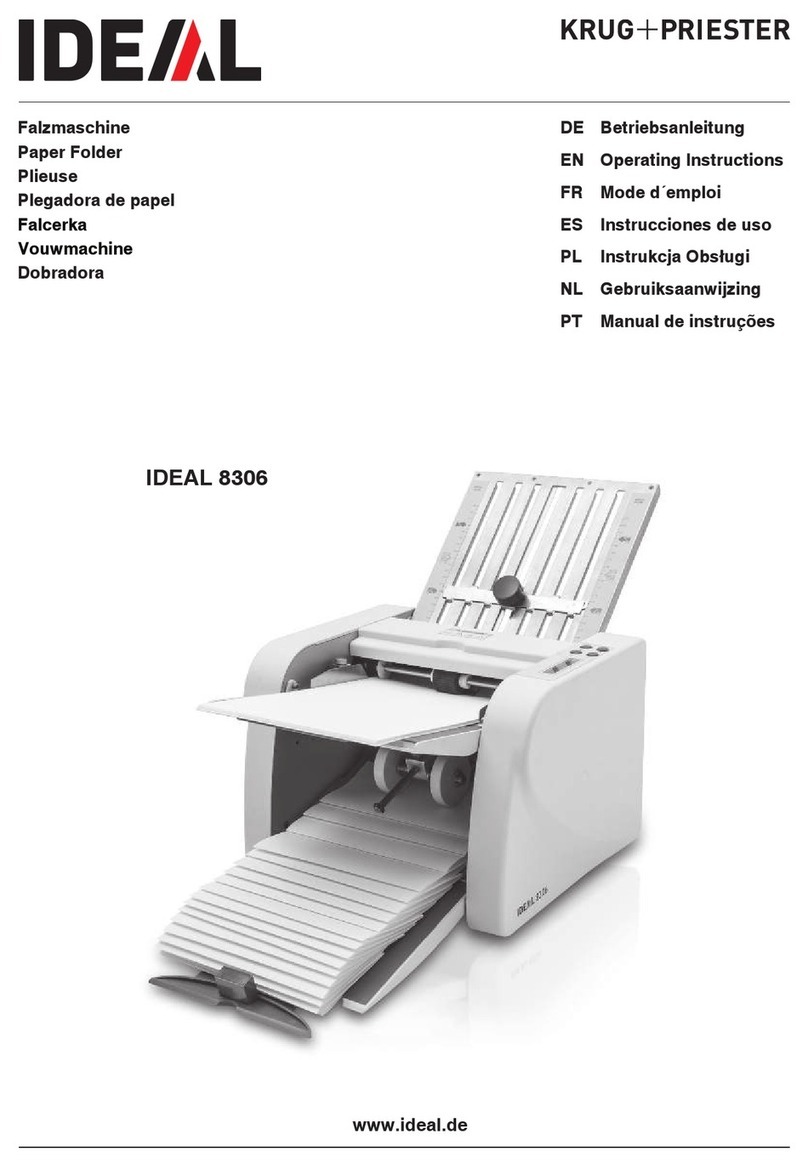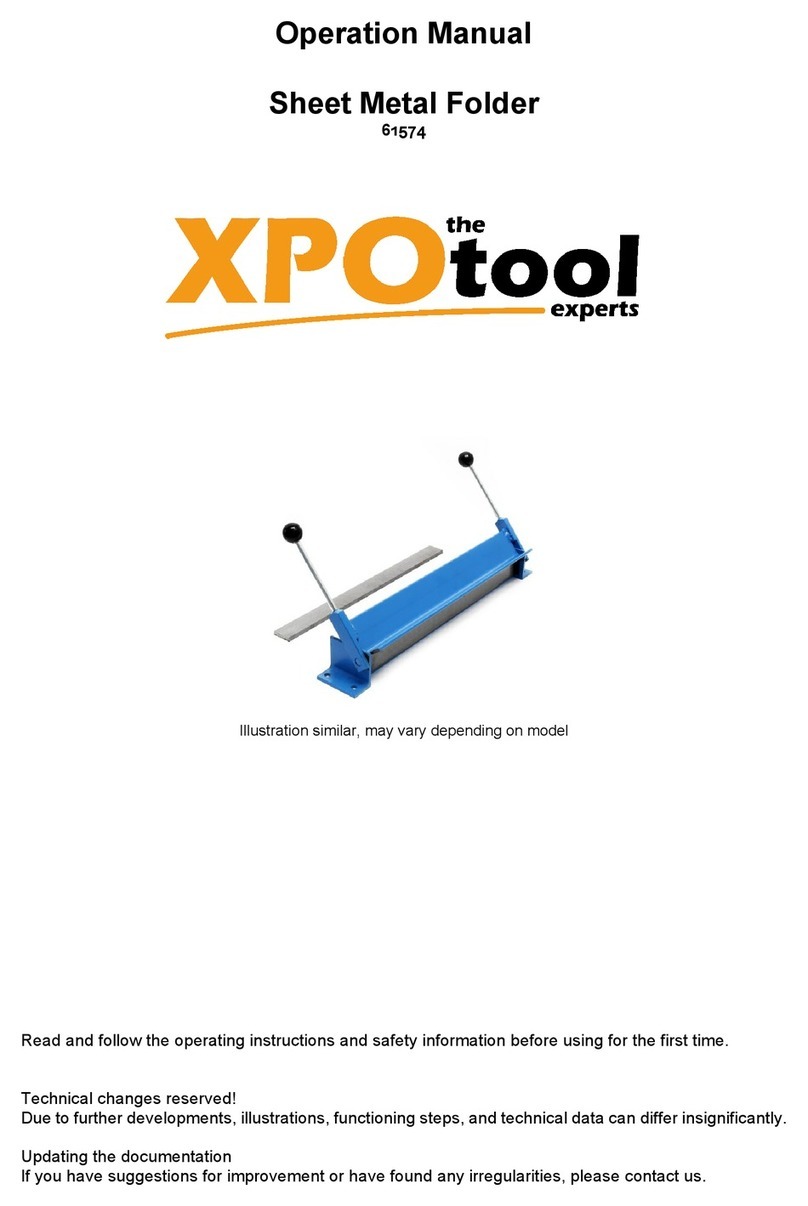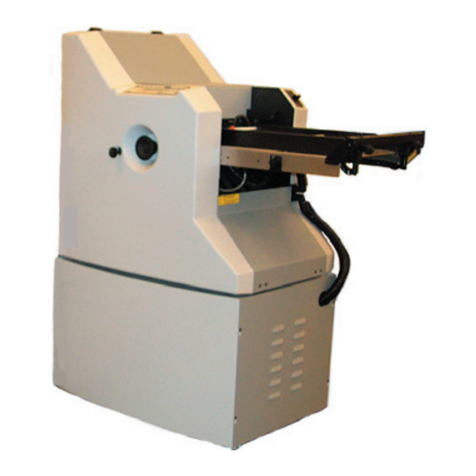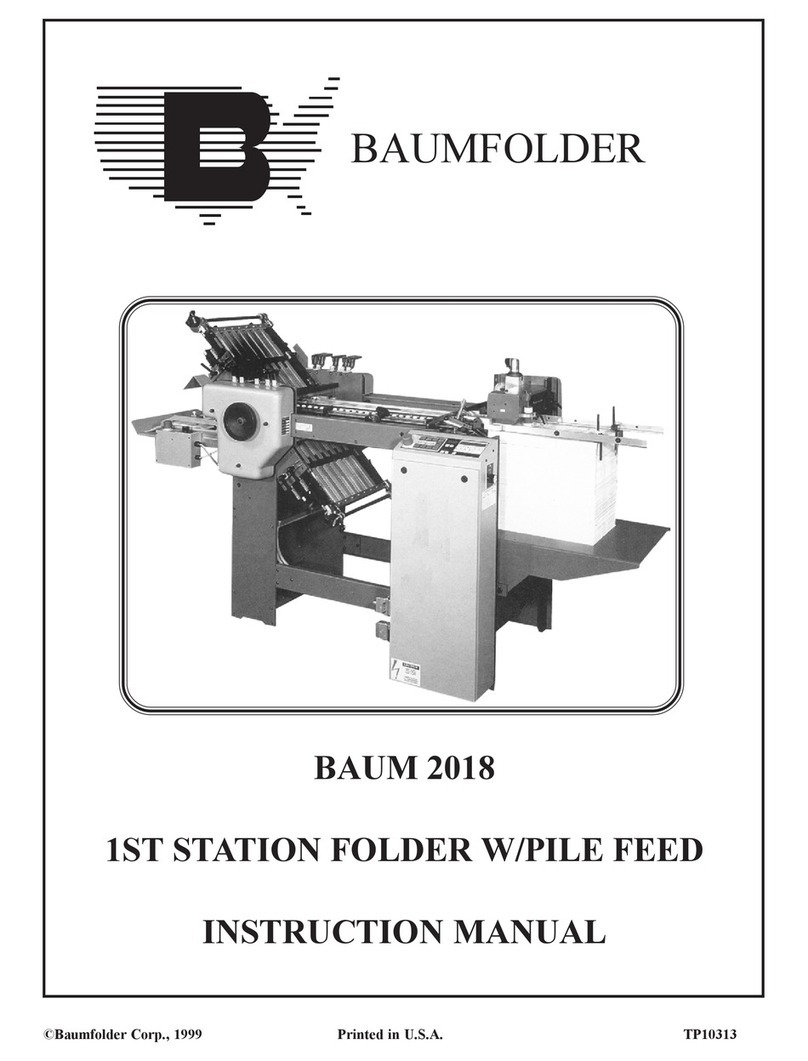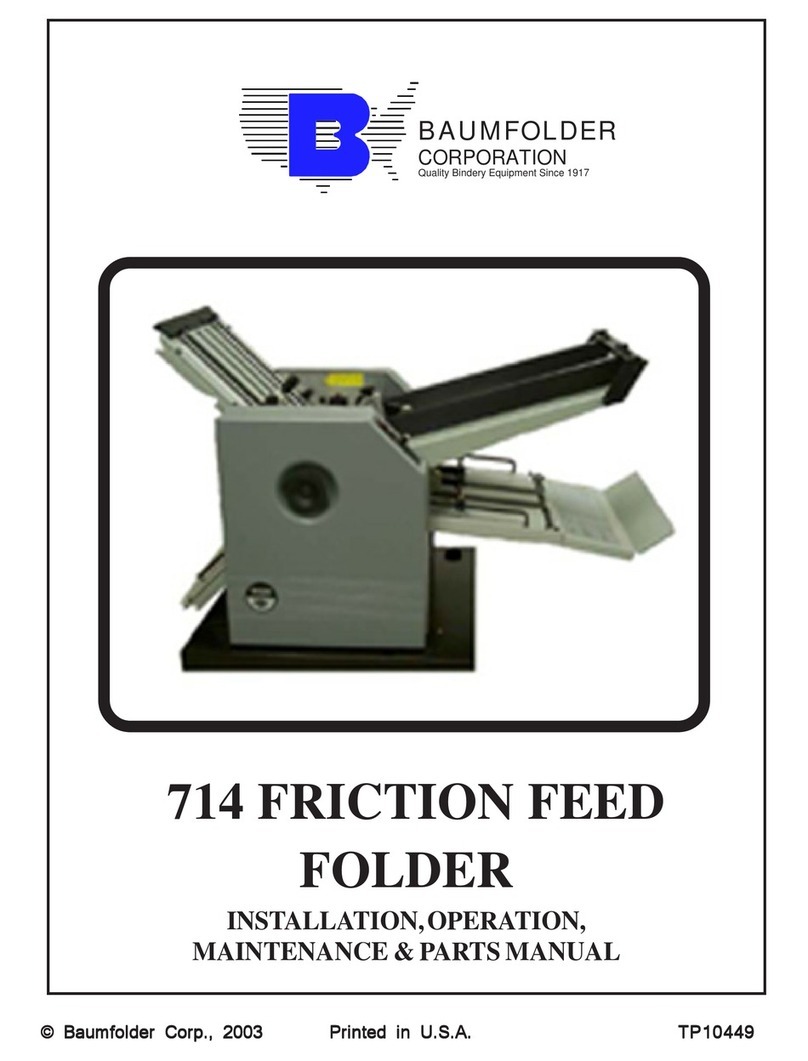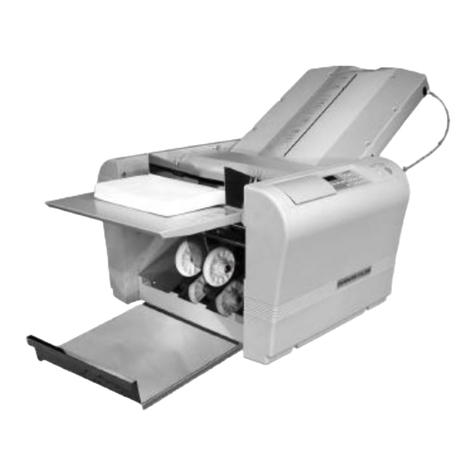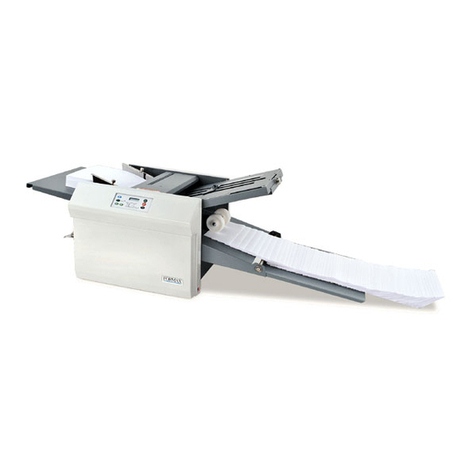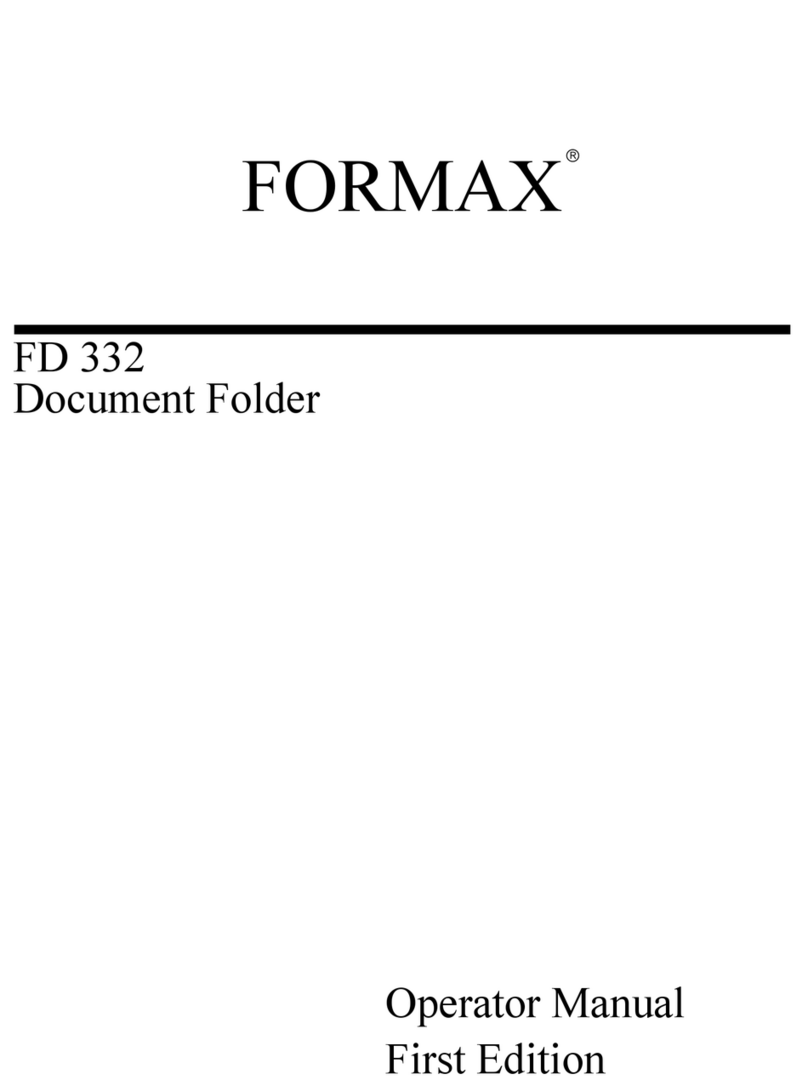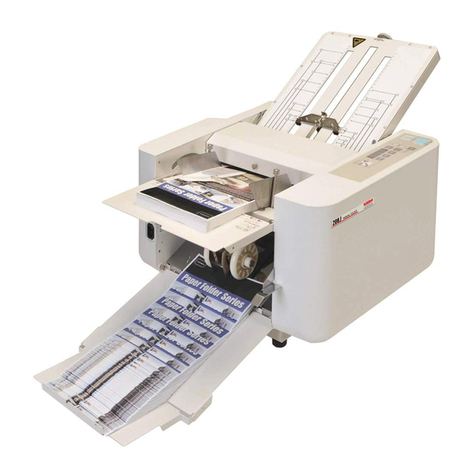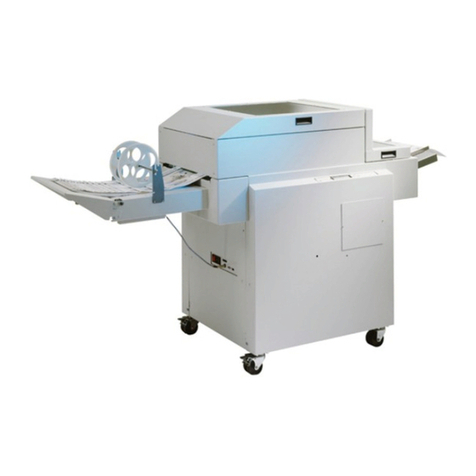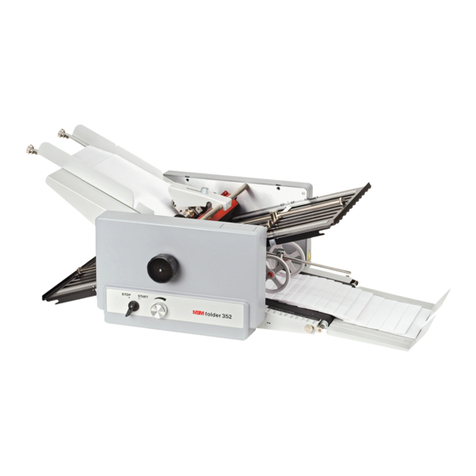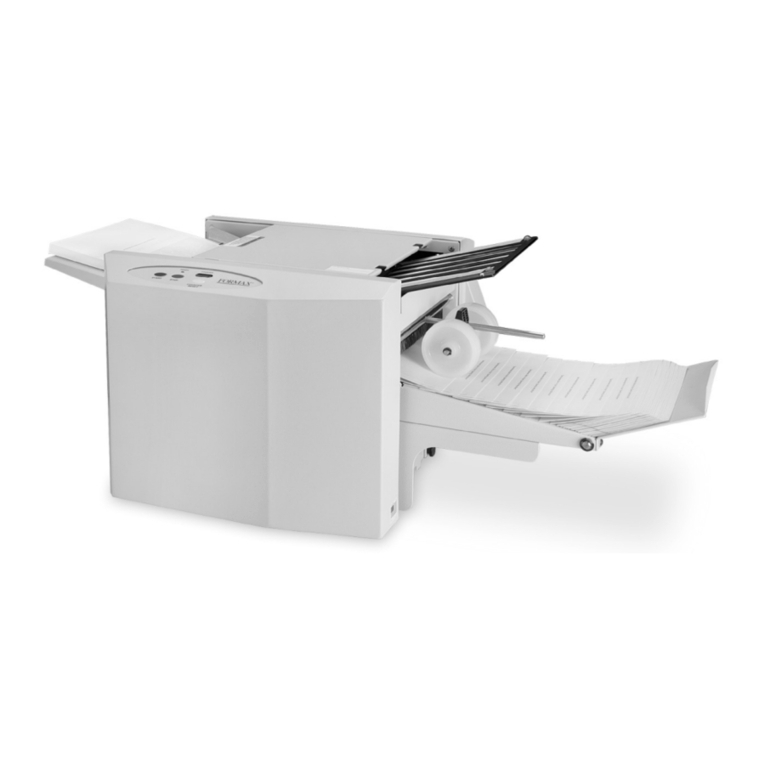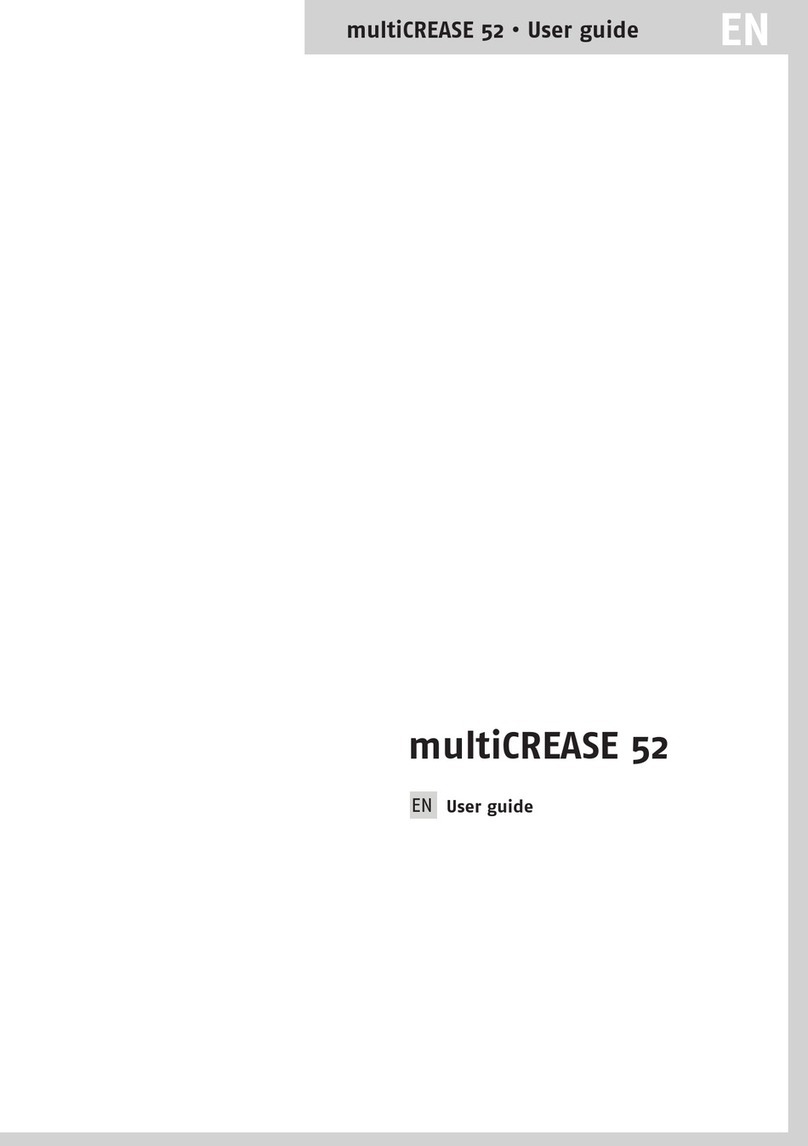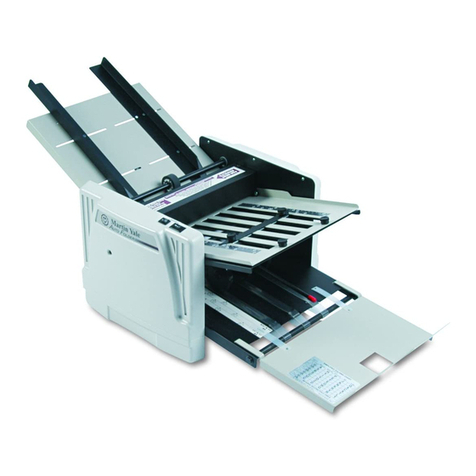
TP10432 PAGE 6
FUNDAMENTAL SAFETY
INSTRUCTIONS!
These operating instructions are designed to familiarize
the user with the machine and its designated use.
The instruction manual contains important information on
how to operate the machine safely, properly and most efficiently.
Observing these instructions helps to avoid danger, to reduce
repair costs and downtimes and to increase the reliability and life
of the machine.
In addition to the operating instructions and to the mandatory rules
and regulations for accident prevention and environmental
protection in the country and place of use of the machine, the
generally recognized technical rules for safe and proper working
must also be observed.
The following signs and designations are used in the
manual to designate instructions of particular importance.
Important
(refers to special information on how to use the
machine/plant most efficiently)
Attention
(refers to special information and/or orders and
prohibitions directed towards preventing
damage)
Danger
(refers to orders and prohibitions designed pre-
vent injury or extensive damage)
1.0
Basic operation and designated use of the machine/
plant
1.0.1
The machine has been built in accordance with
state-of-the art standards and the recognized safety rules.
Nevertheless, its use may constitute a risk to life and limb
of the user or of third parties, or cause damage to the
machine and to other material property.
1.0.2
The machine must only be used in technically perfect
condition in accordance with its designated use and the
instructions set out in the operating manual, and only by
safety-conscious persons who are fully aware of the risks
involved in operating the machine. Any functional
disorders, especially those affecting the safety of the
machine, should therefore be rectified immediately.
1.0.3
The machine/installation is designed exclusively for paper
finishing of minimum and maximum sheet sizes (see
corresponding operating instructions). Using the machine/
installation for purposes other than those mentioned above is
considered contrary to its designated use. The manufacturer/
supplier cannot be held liable for any damage or injury arising
from such misuse. The risk of such misuse lies entirely with the
user.
Operating the machine within the limits of its designated use also
involves observing the instructions set out in the operating manual
and complying with the inspection and maintenance directives.
The working temperature of the machine should range between 0°
and 55° C.
1.1 Organizational measures
1.1.1
The operating instructions must always be at hand at the place of
use of the machine, e.g. by stowing them in the tool compartment
or tool-box provided for such purpose.
1.1.2
Personnel entrusted with work on the machine must have read the
operating instructions and in particular the chapter on safety
before beginning work. Reading the instructions after work has
begun is too late. This applies especially to persons working only
occasionally on the machine, e.g. during setting up or
maintenance.
1.1.3
For reasons of security, long hair must be tied back or otherwise
secured, garments must be close-fitting and no jewelry - such as
rings - may be worn. Injury may result from being caught up in the
machinery or from rings catching on moving parts.
1.1.4
Observe all safety instructions and warnings attached to the
machine.
1.1.5
See to it that safety instructions and warnings attached to the
machine are always complete and perfectly legible.
1.1.6
In the event of safety-relevant modifications or changes in the
behaviour of the machine during operation, stop the machine
immediately and report the malfunction to the competent
authority/person.
1.1.7
Never make any modifications, additions or conversions which
might affect safety without the supplier’s approval. This also
applies to the installation and adjustment of safety devices and
valves as well as to welding work on load-bearing elements.
1.1.8
Spare parts must comply with the technical requirements specified
by the manufacturer. Spare parts from original equipment
manufacturers can be relied to do so.
